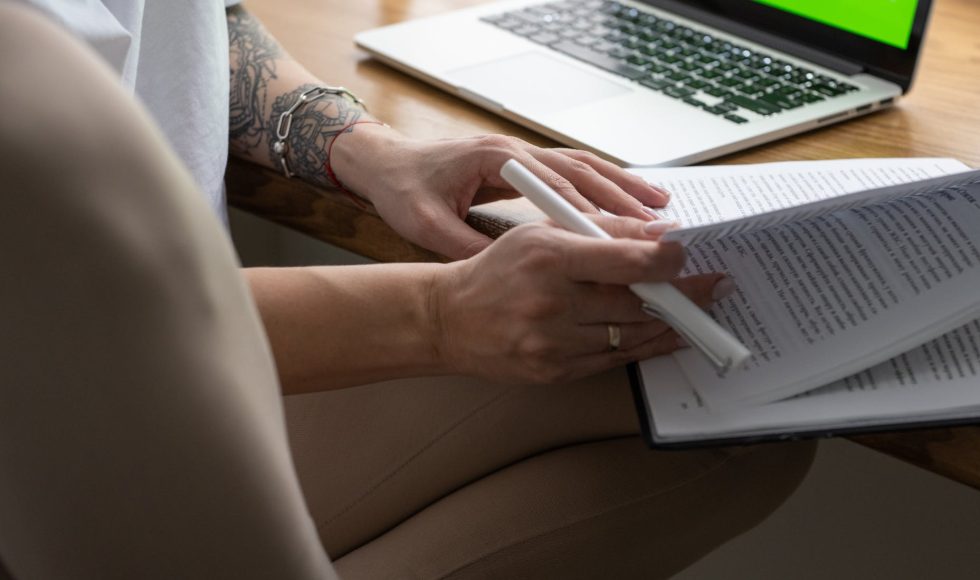Happy birthday, Amada! You turned seven! Today I also had the opportunity to speak to a group from Ireland as part of an Open Cafe! Tonight’s session from Open Ed 2021 was entitled “Building Capacity for Open Education at a Canadian Community College” and presented by Emily Schudel, an Instructional Designer at Camosun College. The institution received an open sustainability grant from BC Campus that brought together 11 faculty members on 8 projects. It was the first project of its type at Camosun. Sandra Carr used Pressbooks to create an online textbook and provide accessible content once the course was over. The book was on Woodworking Machinery and had main headings and numerous chapters. Carr kept on saying it was a work in progress… to me, it looked complete! I also enjoyed learning how Carr developed graphics and took photos for the textbook. Michelle Clement reduced a 600 page 10-year-old open-source textbook on “The Power of Selling” to a much more manageable 250 page textbook with new chapters. Clement said it was easier to write new chapters than to revise and update existing chapters because of checking all content. Clement’s next goal is to upload the book to Pressbooks. Brian Coey created a sheet metal apprentice training series of modules. They created animations and also performed some demonstrations. The animations were really nice, yet also simple! The Pressbooks book has YouTube videos that have been watched by viewers all over the globe. Pooja Gupta teaches math and had the goal of creating an open-source option for students. Gupta also created questions for instructors on the MyOpenMath platform. I had to watch the clip twice: you can edit and randomly generate questions (variations). Peggy Hunter teaches human anatomy and physiology and created a website for students to access materials outside of the lab sessions. I didn’t realize that at some institutions students may not be able to access the materials because of lab limitations. The site has models and slides. If a user hovers over a labeled structure, the name appears. The site is also searchable. Importantly, it provides unlimited access to the models and slides… that are commonly used at other institutions to teach anatomy and physiology. Stephanie Ingraham teaches a course on the physics of medical imaging and radiation therapy. They have created a textbook with notes and structures. Now students are providing feedback for improvement. Liz Morch is using WordPress and embedding video, images, and H5P for a nutrition course. The site is in development and already has lots of resources. Morch will include H5P objects for assessment and engagement. Sarah Erdeyli, Alex Purdy, and Jana Suraci are creating resources for a competency-based allied health program. As part of the development process, they are revisiting objectives and guidelines. Updates may include lab modules. Their goals are to provide low-cost options, academic flexibility, and a Canadian-specific resource on this topic. This series of presentations was quite fun to watch. Several different approaches to creating OER and textbooks were described. I also am inspired by the use of multimedia and have been thinking about H5P for a while.



